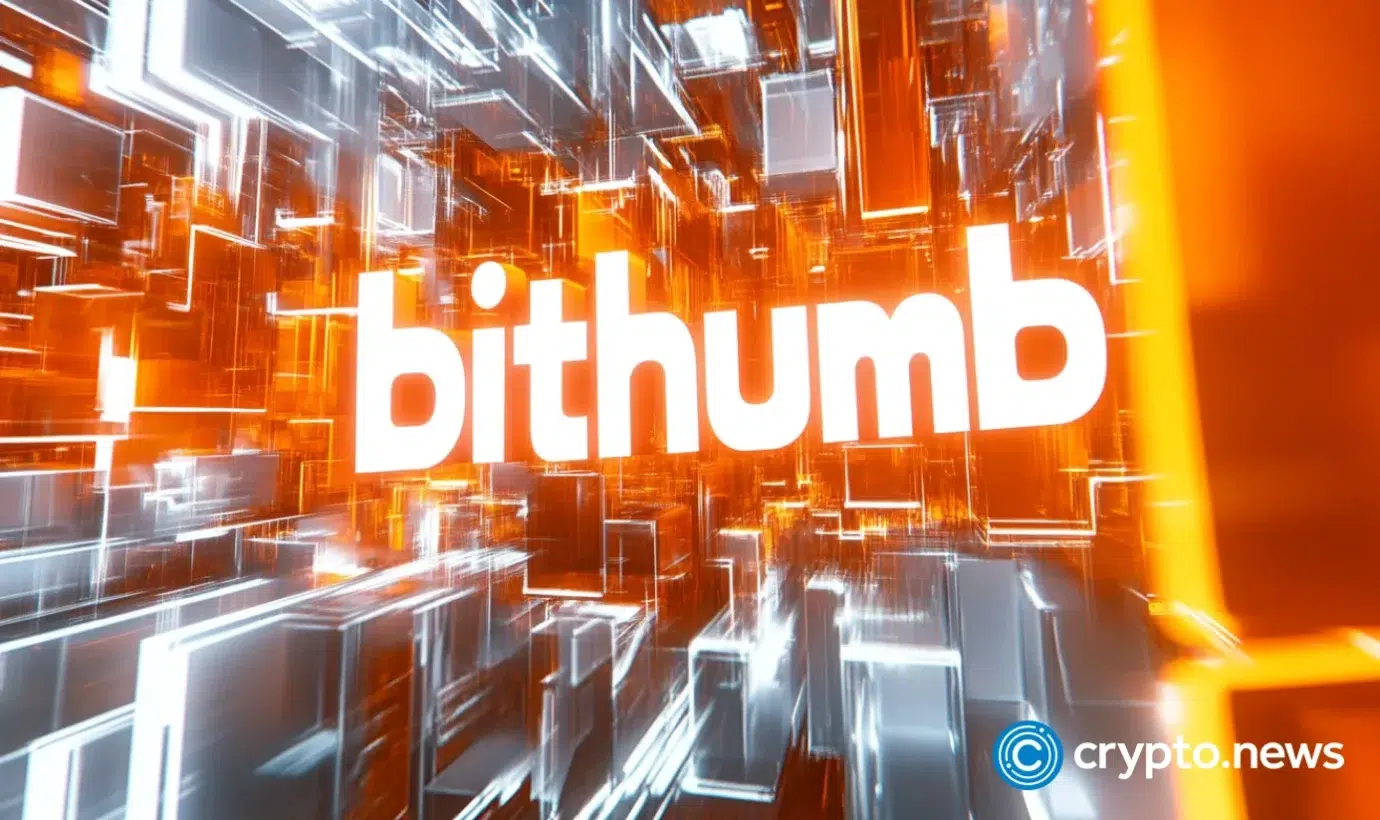The role of cryptocurrencies, particularly Bitcoin, has become increasingly prominent in recent times. As major central banks such as the Bank of Japan (BoJ), the European Central Bank (ECB), and the Federal Reserve grapple with the challenges posed by inflation, the spotlight has turned towards Bitcoin and its potential resilience in the face of economic storms.
This intersection of traditional monetary policies and the decentralized world of cryptocurrencies prompts a critical examination of whether Bitcoin can weather the storm of inflationary pressures and macroeconomic uncertainties.
Bitcoin could get in more trouble this week
BTC investor demand in the United States decreased approximately one week after the Securities and Exchange Commission (SEC) approved the initial wave of spot Bitcoin exchange-traded funds (ETFs).
The weekly report by market intelligence platform CryptoQuant indicates that the premium of crypto exchange Coinbase becomes negative for the first time in 2024 due to heavy selling activity by short-term holders, reflecting the lackluster demand for BTC from U.S. investors.
As anticipated, CryptoQuant stated that the spot Bitcoin ETF approval was a sell-the-news event. Coinbase witnessed over-the-counter transfer volumes in the billions of dollars despite the fact that the products debuted trading with record volumes on January 11. Furthermore, for the first time since March 2021, the funds are trading at a premium to spot Bitcoin; BTC has experienced downward price pressure.
The report suggests that the Bitcoin market is unlikely to experience a price bottom in the near future due to the insufficient decline in unrealized profit margins, which prevents vendors from becoming depleted. As a result, a new rally is not anticipated at this time.
BTC has declined to more sustainable levels in the short term, with the unrealized profit of short-term holders decreasing from 48% in December 2023 to 16% subsequent to the most recent decline in the asset. However, it may be necessary for the profit margins to fall below 0% prior to identifying a price bottom.
Bitcoin had depreciated by about 15% in days, falling from $49,000 to $41,500. At present, the asset is trading at approximately $41,700, and although the downward pressure appears to have abated, on-chain indicators point to the possibility of further price corrections.
Hike rates incoming this week
In the United States: Preliminary private sector PMIs for January merit the attention of investors on Wednesday. It is probable that the S&P Global Services PMI will have an effect on the valuation of market risk and the US dollar. A strengthening environment in the US services sector may reduce expectations for a March Fed rate cut.
Thursday will feature data on core durable goods orders, Q4 GDP, and unemployment claims that will pique investor interest. It is probable that the labor market data and GDP figures will exert a greater impact. As a result of weaker-than-anticipated GDP data and an increase in jobless claims, bets on a March Fed rate cut may increase.
On Friday, however, inflation and personal income and expenditure figures will impact interest rate expectations. Income and expenditure declines coupled with weaker inflation figures would heighten speculation regarding a March Fed rate cut.
In Europe: Preliminary private sector PMIs for France, Germany, and the Eurozone will influence Wednesday. The impact of the Services PMI figures will be greater. The services industry continues to be the primary contributor to inflation. A decline in input costs and a decline in service sector activity could motivate the ECB to initiate discussions regarding interest rate reductions.
The dial will be moved by ECB commentary in addition to the figures. On the agenda for Monday are remarks by ECB President Christine Lagarde and the ECB press conference.
In the United Kingdom: Preliminary private sector PMIs will bring the pound into sharp focus on Wednesday. Investor attention should be directed towards the services PMI, given that the services sector comprises more than 70% of the economy of the United Kingdom.
Discussions by the Bank of England regarding interest rate reduction may be postponed if the services sector experiences an upswing in activity. Unexpectedly, inflation in the United Kingdom surged last week while retail sales plummeted. An increase in input costs for the service sector would be consistent with the Bank of England’s intention to postpone deliberations on interest rate reductions.
Out of Asia
On Tuesday, the Bank of Japan will focus on the Japanese yen. The markets expect the Bank of Japan to keep interest rates in negative territory. Investors should pay attention to future guidance on the timing of a BoJ turn away from negative interest rates.
Softer inflation data from Japan reduced pressure on the BoJ to exit negative rates. Wage growth and household spending data added to wagers that the Bank of Japan will keep interest rates in negative territory. Wage negotiations in March remain the focus.
Trade data and service sector PMI numbers (Wednesday) are unlikely to have an impact on the mood towards BoJ’s monetary policy. The spotlight will most likely be on inflation and wage growth.
However, Tokyo inflation data on Friday are expected to influence BoJ policy predictions. A persistent decline in inflation towards the BoJ target (2%) could undermine any bets on a BoJ pivot.
The PBoC will establish the tone for the week. On Monday, the PBoC will determine the 1-year and 5-year loan prime rates. Economists predict the PBoC will keep Loan Prime Rates unchanged. A decrease in loan prime rates could boost demand for riskier assets and commodity currencies.





